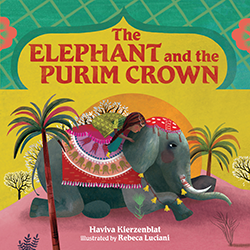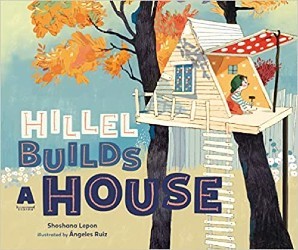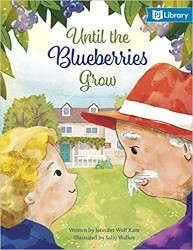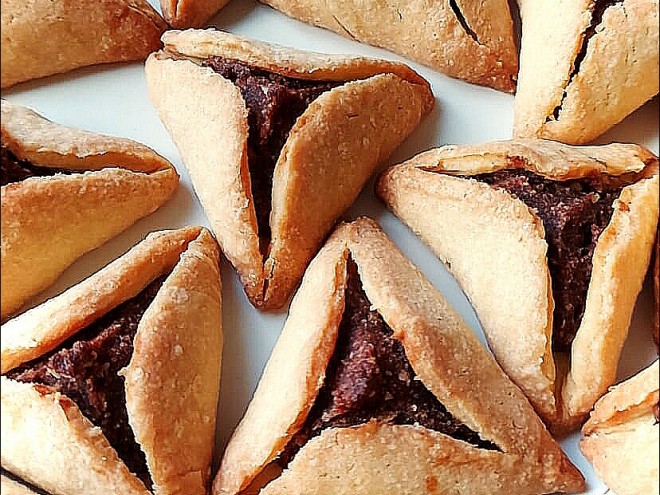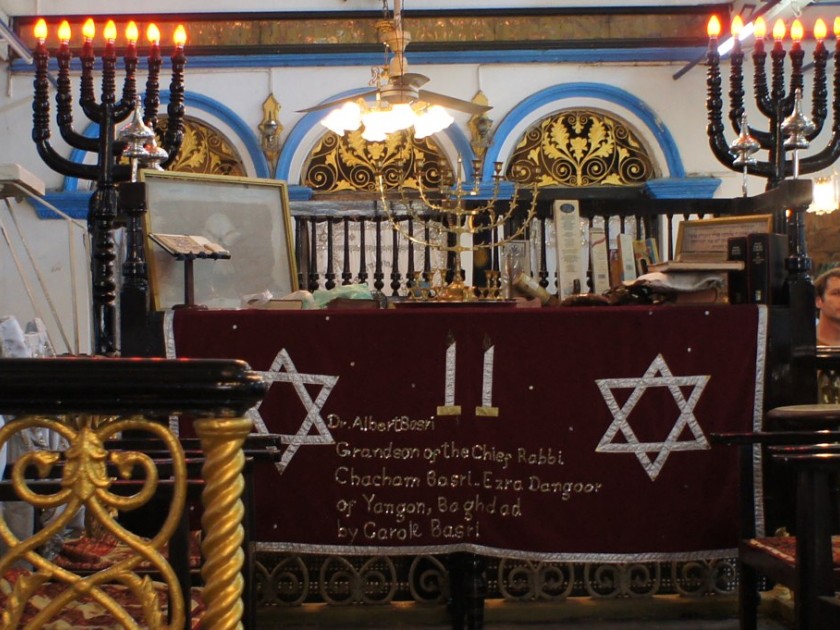
Musmeah Yeshua Synagogue in Rangoon, Burma, Photo by Esme Vos via WikiMedia Commons
I grew up dancing around a crown — glittering gold, shaped like a pagoda, and dripping with diamonds. This crown was displayed with dignity in the middle of my family’s living room in Los Angeles. In my childhood imagination, there could only be one explanation for why we owned such an exquisite object: my mother must be a queen and I, her little princess.
My mother’s costume crown — its diamonds, I would later learn, were made of mini-mirrors — was the imagery-rich inspiration for the crown in my book, The Elephant and the Purim Crown. In my story, set in Rangoon (now Yangoon), Burma (now Myanmar), the protagonist Rachel wins the elaborate crown at the Purim festival. My own mother left Burma in 1960 when she was young.
The rubies in Rachel’s winning crown represent both the beloved jewel of Burma, and the rubies referenced in the poem “Woman of Valor,” which Rachel clearly proves to be. The Elephant and the Purim Crown blends the stories of Burma my family gifted to me as a girl, along with their most cherished memories of family members who lived there. My family moved from Iraq, to India, to Burma, during the British Raj period at the turn of the twentieth century. They were part of a vibrant Sephardic community that thrived and survived in Burma until they scattered in a staggered fashion, to other destinations throughout the diaspora. Burma was a country where Jews could live freely and flourish. My great grandfather, Ezekiel, and his brother, Efraim Solomon, founded an ice factory with Stars of David on its gates, greeting all who entered. My family attended Musmeah Yeshua Synagogue, built in the late 1800s in the city of Rangoon. Each family in the congregation had a reserved spot in the sanctuary, with special seating for ladies on the balcony. The synagogue also had a cherished grandfather clock that participated in the passage of time, ticking on to this very day.
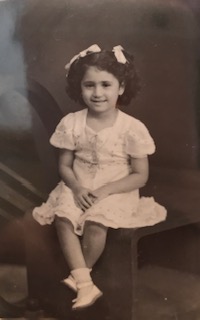
Rachel Solomon (the author’s mother), Rangoon, Burma, circa 1949
My mother, Rachel, instilled in my imagination vivid images of my family’s time in Burma; she would describe to me the powerful monsoons, beautiful Burmese rubies, bustling bazaars, and glistening golden pagodas. In that spirit of appreciation, I wrote my children’s book, The Elephant and the Purim Crown, capturing some of the magic of my mother’s childhood in Burma that she shared with me.
My maternal grandfather, Maurice Solomon, was my supreme storyteller who was able to take me on a voyage with his voice. With his Queen’s English, he would describe with delight the long length longyis, enchanting elephants, and bountiful banyan trees of Burma.
Food was a favorite for all, and nobody had a patila (a type of pot) like my Nani! Sniffing for spices, I would sneak into her kitchen to lift up the lid and peek into her pot to see if she had made my favorite royal rice. Nani’s yellow rice was decadent, and she piled our plates with plenty, putting us all in a peaceful place. My mom was my childhood curry-muse, making curry concoctions that were my most beloved dishes. At holiday feasts my favorite dessert was those made with the sweet jelly of agar-agar. Jiggling joyfully on the party platter, my favorite sweet treat was made of coconut milk and seaweed, typically cut in diamond shapes. I was mesmerized by its mint green and pastel pink colors.
Though I never actually lived in the Burma of my family, they brought their Burma to me. And I have shared some of our exceptional history and culture throughout my new book.
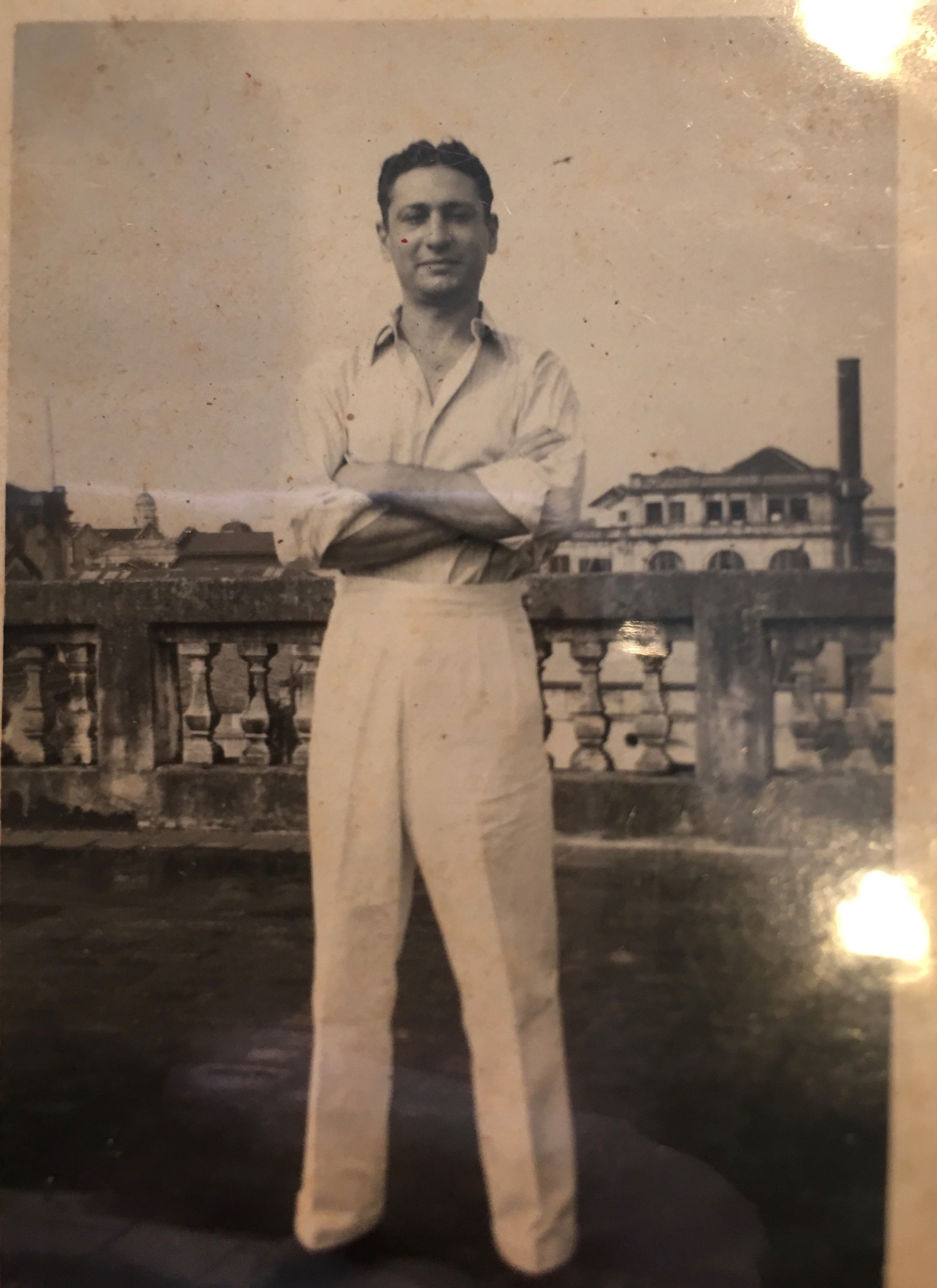
Maurice Solomon (the author’s grandfather), Rangoon, Burma, circa 1952
While I sprinkled my Burmese background throughout the book, another major element of the story came from my childhood. Having attended a Jewish day school, the holiday of Purim always stood out to me. I was enamored by the extraordinary qualities of Queen Esther, her courage to seek out and save. The craft of making paper crowns with glue, gold glitter, and purple paper was also an inspiration.
I am not a queen, as I once thought my mother was. But if I were, that purple paper crown would always be perfect for me.
The Elephant and the Purim Crown celebrates the Jewish concept of compassion to animals that my parents modeled to me throughout my life. My book highlights the plight of the elephant, precious to planet earth. In the story, Rachel sits on top of the enormous elephant she later endearingly names Esther. Feeling majorly majestic, she has compassion for the elephant and makes the decision to climb down and feed Esther a magnificent mango. Rachel later wins the coveted pagoda shaped crown she so wished for, but, changed by her experiences in the story and seeing the elephant’s hurt foot, she tries to use the crown to improve the elephant’s lot in life.
The most important crown of all is invisible and worn by those who wear it wisely and with great kindness.
Like my Rachel of Rangoon who ultimately saves her own Queen Esther, the elephant she so loves.
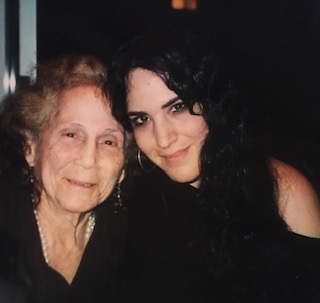
The author and her grandmother, Los Angeles, California, early 2000s
